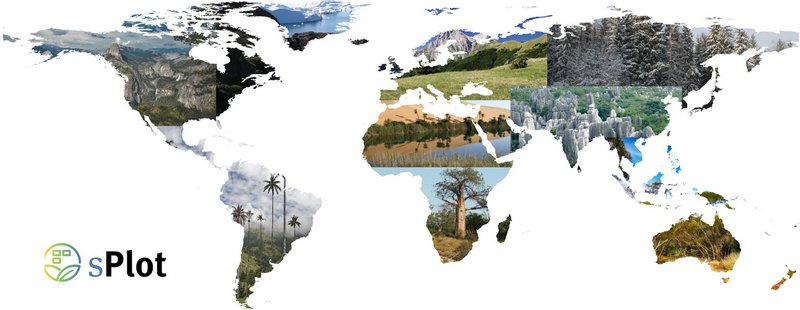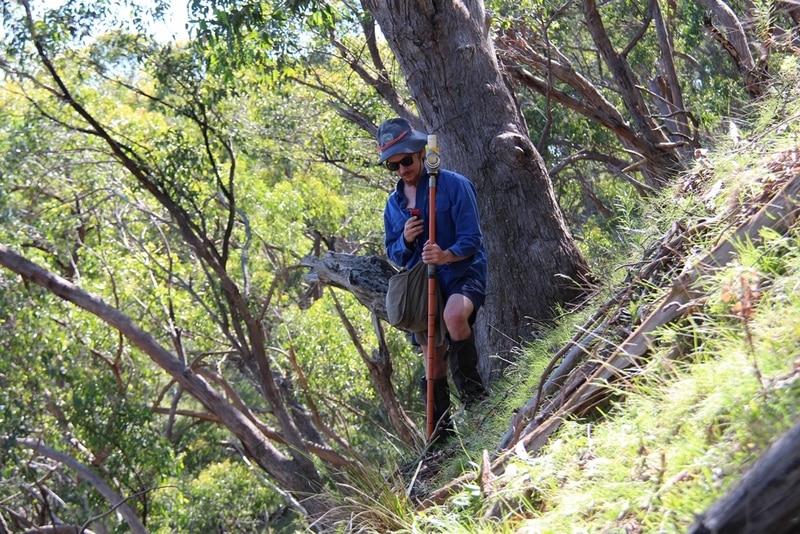An international research team has produced the world’s first global vegetation database. Containing over 1.1 million complete lists of plant species for all terrestrial ecosystems, including over 90,000 Australian sites provided by TERN, the ‘sPlot’ database will assist in the development of climate change prediction tools and adaptation strategies.
Which plant species grow where – and why? The new global vegetation database will help researchers investigate how global climate influences the traits of local plant communities, including their growth, the development of flowers, seeds, leaves and roots, and their life histories.
The researchers say the database could help better predict the consequences of global climate change and develop adaptation strategies. The research has been led by Martin Luther University Halle-Wittenberg (MLU) and the German Centre for Integrative Biodiversity Research (iDiv) and includes Australian data from over 90,000 intensively studied field sites provided by TERN.

In addition to data from TERN’s own plot and transect-based environmental monitoring systems, vegetation records from local, state and regional biological surveys published by TERN’s data infrastructure were also contributed.
“This was a massive global exercise, combining data from 1.1 million field sites and hundreds of contributors from all around the world to create the ‘sPlot’ database,” says Dr Greg Guerin, from the University of Adelaide and TERN. “It provides a major new resource for understanding how plants respond to their environments.”
Currently, around 390,000 plant species are known to science. The study shows that the diversity of global vegetation can be described based on only a few traits from each species.
“But it turns out that at the global scale, the overall climate relates only weakly to these key functional traits like leaf size, despite obvious patterns such as the absence of very tall trees in deserts,” says Dr Guerin.
“That result was unexpected. It had been assumed that plant types in a particular location would be determined more strongly by climate.” “The overall differences in global plant communities need to be explained by other factors. Local conditions such as small-scale differences in soils, microclimate or fire regimes may be more important than expected.
“That means we won’t be able to easily predict how global vegetation is going to respond to climate change. “Instead, ecosystems will have to be assessed in more detail at a regional level.”

Thanks to local environmental studies, such as TERN’s plot based monitoring, we know a lot about how plants develop their characteristics, including their height, flowers, seeds, leaves, roots and life histories. These characteristics, known as plant traits, are determined by both local factors, such as soil, disturbances, and competition, and regional factors, such as weather.
The database is available on request to other scientists, producing unprecedented opportunities to tackle numerous biodiversity questions at the global scale, including the issues pertaining to the distribution of non-native plant species and the similarities and differences of plant communities across world regions.
The resource, and the research that stems from it, is also set to help Australia’s environmental policymakers and managers effectively develop and implement local management measures to mitigate the negative effects of climate change.
- For more information on the sPlot Global Vegetation Database please visit the iDiv website.
- In addition to data from TERN’s plot and transect-based ecosystem surveillance monitoring, the database includes vegetation records for the following Australian datasets: Australian Ground Cover Reference Sites Database, Biological Survey of South Australia - Vegetation Survey - Biological Database of South Australia, Atlas of NSW database: VIS flora survey module, Queensland CORVEG Database, and the Biological Survey of the Ravensthorpe Range (Western Australia).
- The sPlot database and subsequent research using it have been published in the journal Nature Ecology & Evolution.








